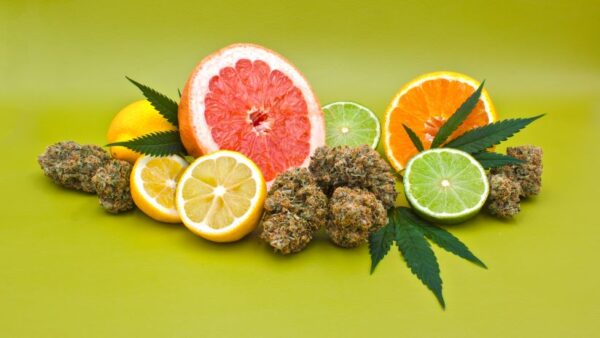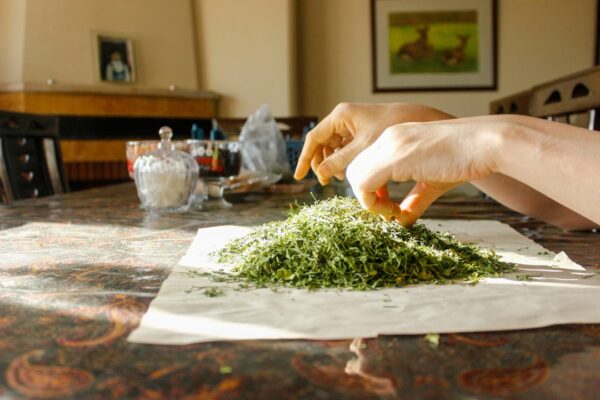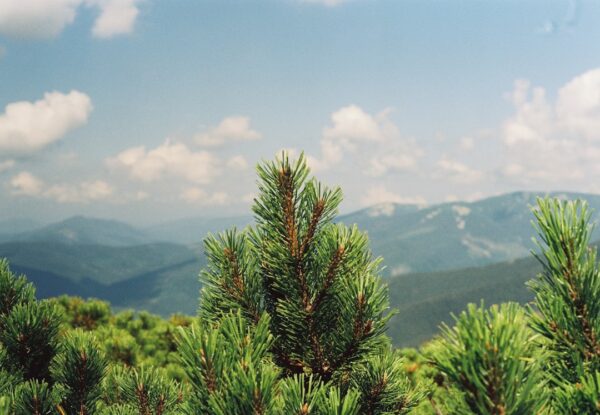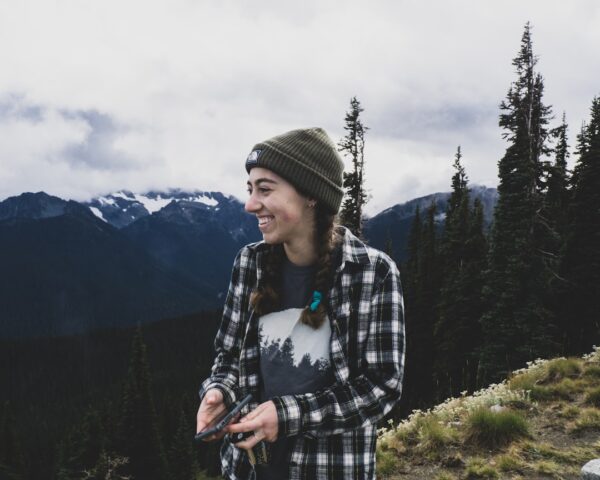Your Essential Marijuana Growing Checklist for a Thriving Home Garden
Your marijuana growing checklist is the foundation for cultivating cannabis successfully at home. Whether you’re a local exploring sustainable gardening or a van-camper navigating scenic landscapes, growing marijuana can be both empowering and therapeutic. With a well-organized plan, even first-time growers can enjoy a bountiful and healthy harvest. This guide walks you through each step—from selecting a growing space to curing cured buds—helping you create a thriving cannabis crop anywhere, from Denver lofts to Humboldt backyards.
Choose Your Growing Environment: Indoors vs. Outdoors
The first step on your marijuana growing checklist is deciding whether to grow indoors or outdoors. Your choice should reflect your climate, available space, and legal allowances.
In cannabis-friendly zones like California or Oregon, outdoor growing is ideal in the warmer seasons. Humboldt County’s microclimate, known for its rich soil and coastal fog, provides optimal conditions for outdoor cannabis gardens. Techniques like leveraging south-facing slopes and native soil can significantly boost your yields.
If you’re traveling in a van or temporarily staying in rural spots like Taos or Ashland, consider mobile greenhouses. These structures are practical for shoulder seasons and are increasingly popular in eco-conscious communities. They offer security and environmental control while staying off-grid.
For colder climates—think remote Alaska or upstate New York—indoor grow setups are essential. A grow tent with LED lights and humidity control allows for year-round cultivation. Indoor growing offers consistency, particularly beneficial for growers seeking reliability in harsh environments.
Gather Equipment and Growing Supplies
A reliable marijuana growing checklist includes the right gear and supplies. No matter your setup—be it a New York rental or a van parked near Sedona—assembling high-quality equipment is crucial.
- Seeds or clones: Go for beginner-friendly strains such as Blue Dream or Northern Lights. Explore local seed banks in cannabis hubs like Eugene, OR, or dispensaries in Sonoma, CA for region-adapted genetics.
- Plant containers: Fabric pots are excellent for drainage and airflow, ideal for both mobile and stationary gardens.
- Growing medium: Organic potting soil with perlite offers easy setup and solid results. Even remote co-ops in Missoula or Moab often stock this mix.
- Lighting: Use LED grow lights for energy efficiency and portability. Perfect for indoor setups or van-based growers.
- Nutrients and pH kits: Go with well-reviewed kits like Fox Farm’s trio. Pair with a pH meter to ensure the plant absorbs nutrients effectively.
- Ventilation and timers: Set up fans for air flow and timers to automate light schedules. Both are available in hardware stores from Santa Cruz to Nevada City.
Select a Strain That Matches Your Region and Goals
Strain selection is key on your marijuana growing checklist. Think beyond THC content—consider climate, elevation, and your intended use.
In cooler, high-altitude towns like Durango, fast-flowering indicas such as Afghan Kush perform well. Meanwhile, coastal zones like Santa Barbara support long-flowering sativas such as Panama Red or Super Silver Haze, thanks to longer daylight periods and stable weather.
If you favor low-THC or medicinal options, strains like Harlequin and ACDC are compact, low-odor, and great for stress management. These varieties are particularly suited for suburban gardens or mobile setups where discretion is important.
To find the best genetics, check out grower exchanges and farmers’ markets in cannabis communities like Arcata. Networking in these spaces increases your access to resilient and proven strains tailored for your region.
Understand Growth Stages and Control Your Environment
An effective marijuana growing checklist helps you monitor each phase of plant development. Cannabis grows through four stages: germination, seedling, vegetative, and flowering. Every stage has unique environmental needs.
During germination and seedling phases, keep humidity around 60–70% and provide gentle light. In early growth, use full-spectrum LEDs and water sparingly. As plants enter the vegetative stage, switch to 18 hours of light daily and increase nitrogen-rich nutrients to support leafy growth.
During flowering—whether prompted by a 12/12 indoor light cycle or waning daylight outdoors—watch humidity levels carefully, especially in foggy areas like Olympia. Reduce humidity to prevent bud rot and consider carbon filters or odor-control gels if growing in populated settings.
Harvest and Cure for Maximum Potency
This section of your marijuana growing checklist guides you through harvesting and curing—steps that significantly affect your flower’s flavor, potency, and smoothness.
Monitor your trichomes with a magnifier. When they appear cloudy and pistils are 70–90% brown, use sterilized scissors to harvest. Trim your buds gently to avoid damaging trichomes.
For off-grid grows in places like Sedona or Mendocino, cure buds in paper bags or dry them in shaded, ventilated structures. Aim for 60°F and 60% humidity; most buds dry fully within 7–10 days. In drier climates like Colorado, monitor carefully to prevent overdrying.
Once dry, cure in glass jars. Open (burp) the jars daily for the first few weeks to release moisture. Humidity packs from brands like Boveda help maintain optimal curing conditions, even on the go.
Comply With Local Laws and Stay Safe
Following local laws is a must on any marijuana growing checklist. Every region has its own cultivation rules, so stay informed to avoid fines or confiscation.
States like Colorado allow up to six plants per adult, but some cities limit outdoor visibility or restrict cultivation near schools. Research city-specific rules before setting up in urban spots like Boulder or Santa Cruz.
Some travelers choose to learn alongside experts. Look for cannabis farms, retreat centers, or educational workshops in Northern California and Southern Oregon. These are ideal for immersing yourself in hands-on learning while exploring new regions.
Be mindful when posting about your garden online. Share cautiously and never reveal precise locations, especially when on public land. Join online communities such as r/microgrowery or regional Facebook groups for local tips and support.
Nurture Your Cannabis Journey with Intention
Your marijuana growing checklist is more than a set of instructions—it’s a tool for creating harmony between your environment, lifestyle, and cultivation goals. From solo travelers seeking self-sufficiency to families embracing plant medicine at home, cannabis cultivation offers value far beyond the harvest.
Each stage—planting, nurturing, harvesting—creates rhythm and connection with the land. Whether you’re rooted in Oregon’s valleys or exploring Arizona’s mesas, you’ll gain a deeper appreciation for your surroundings and your role in them.
Grow thoughtfully, stay curious, and celebrate the journey as much as the result. Your cannabis garden can be a source of learning, joy, and self-reliance—one leaf at a time.






